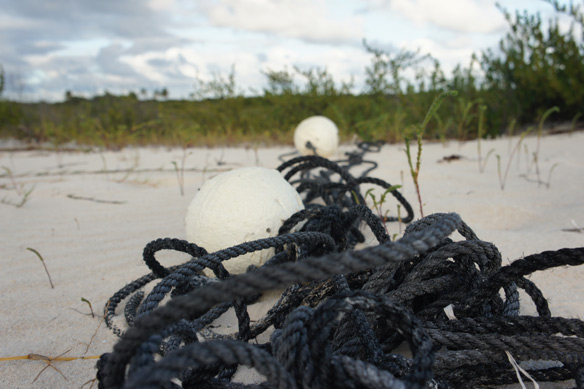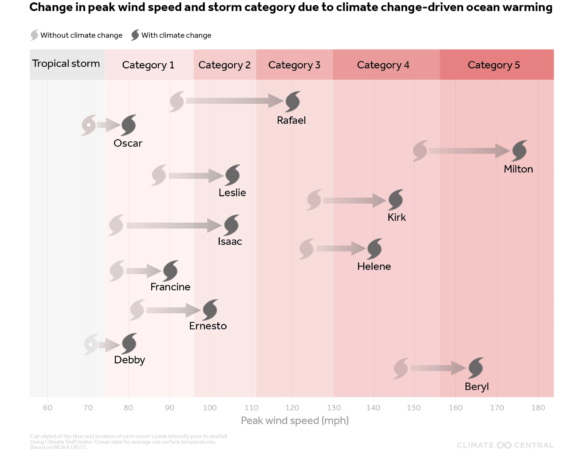
Photograph: © SAF — Coastal Care.
“According to NOAA, plastic debris kills an estimated 100,000 marine mammals annually, millions of birds and fishes. The largest pieces of marine plastic debris, miles long discarded fishing nets and lines mostly, take an obvious toll on animals. These derelicts nets, called “ghost nets”, snare and drown thousands of larger sea creatures per year, such as seals, sea lions, dolphins, sea turtles, sharks, dugons, crocodiles, seabirds, crabs, and other creatures. Acting as designed, these nets restrict movement causing starvation, laceration, infection, and, in animals that need to return to the surface to breathe, suffocation.” —© SAF — Coastal Care.
Excerpts;
An estimated 640,000 metric tons of abandoned or lost fishing equipment, or ‘ghost gear,’ enters the ocean every year, equivalent in weight to more than 50 thousand double-decker buses.
In total, the equipment makes up around 10 percent of the plastic waste in our oceans, entangling and killing marine life, warns a new Greenpeace Germany report, Ghost gear: the abandoned fishing nets haunting our oceans…
Read Full Article; Greenpeace (11-06-2019)
New UN report finds marine debris harming more than 800 species, costing countries millions; United Nations (12-05-2016)
Marine debris is negatively affecting more than 800 animal species and causing serious losses to many countries’ economies, according to a United Nations report launched December 5th, 2016…
Plastic Pollution: When The Mermaids Cry, The Great Plastic Tide, Coastal Care
Washed out on our coasts in obvious and clearly visible form, the plastic pollution spectacle blatantly unveiling on our beaches is only the prelude of the greater story that unfolded further away in the world’s oceans, yet mostly originating from where we stand: the land…









